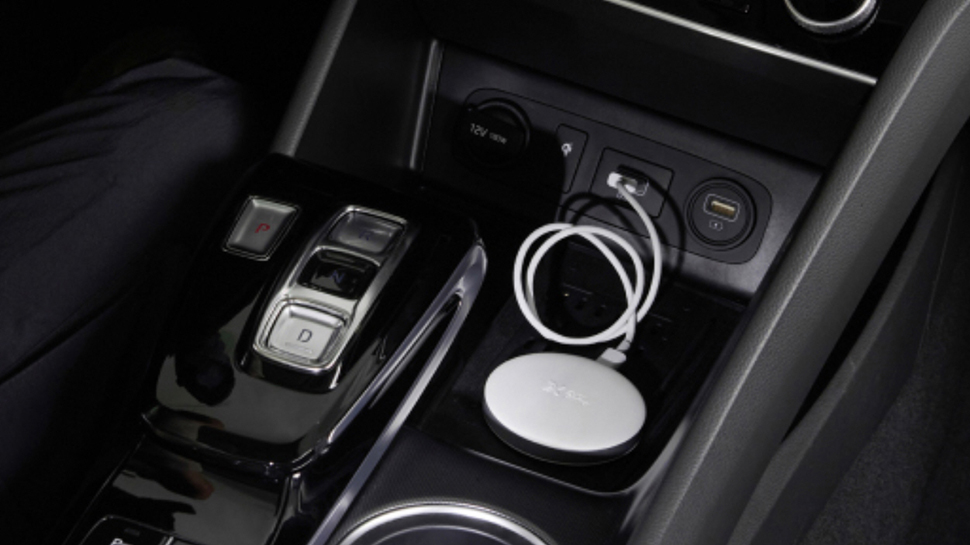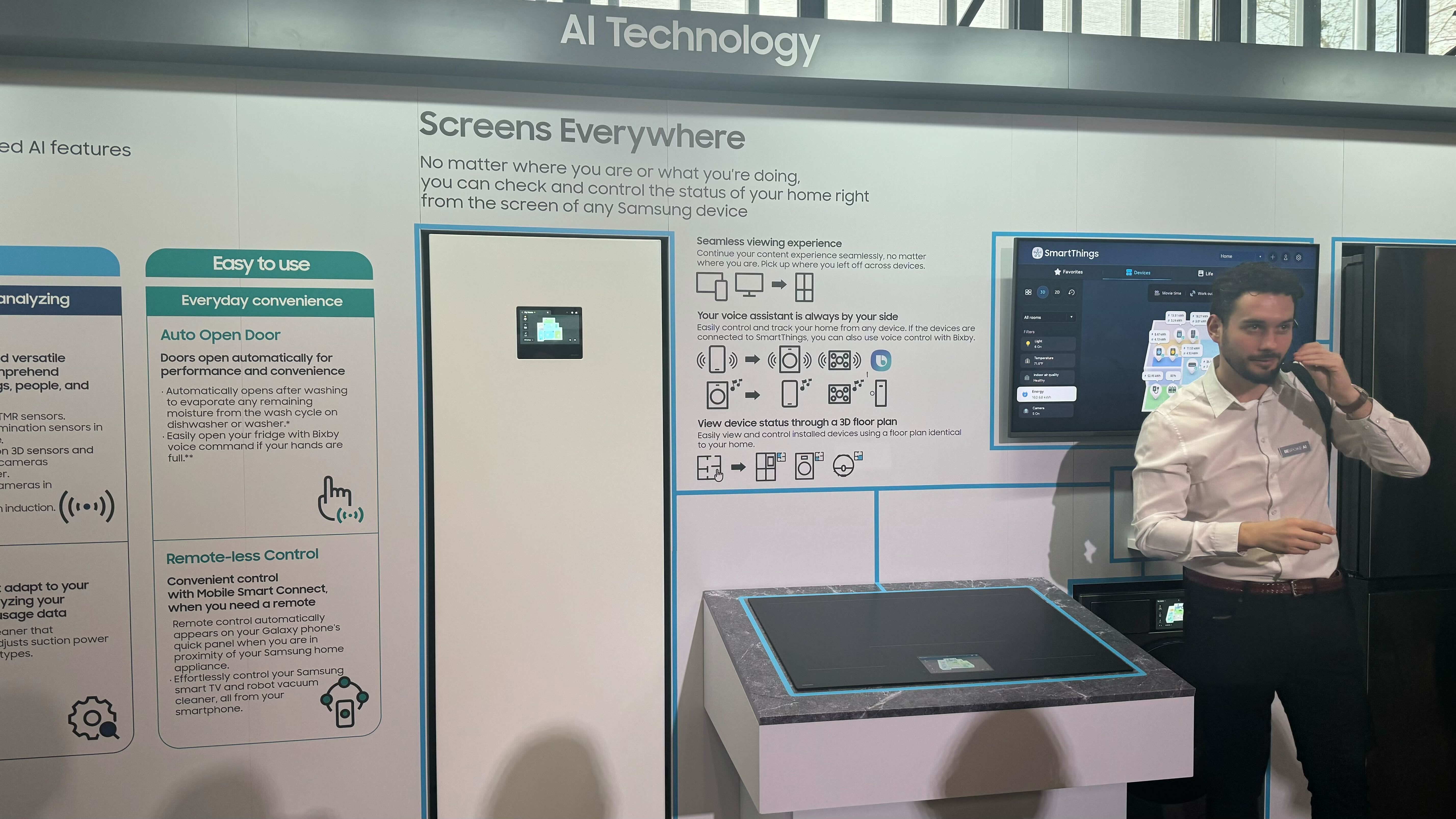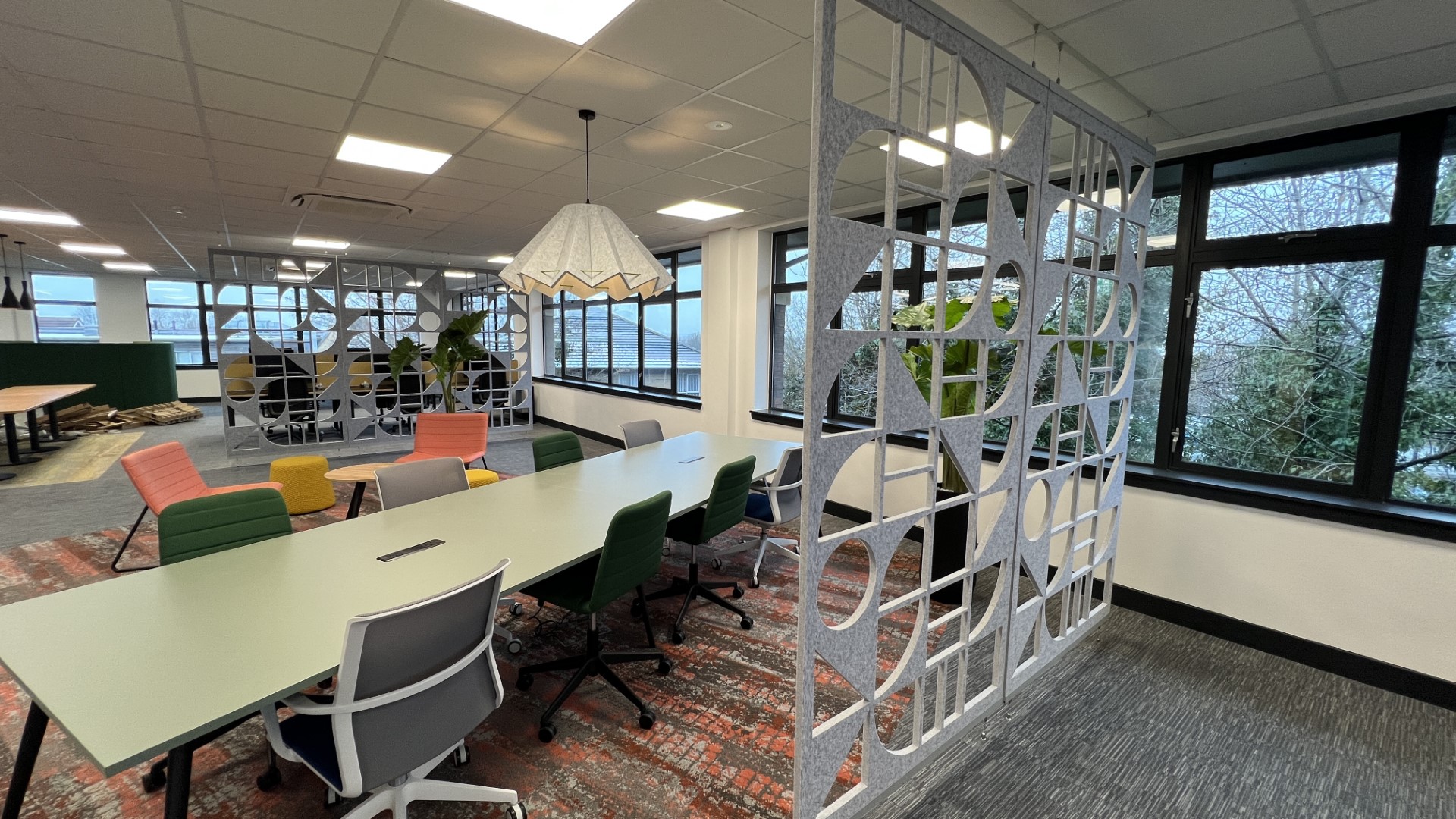[ad_1]
One thing we never put in the reviews that make up our best earbuds or best noise cancelling earbuds guides is a mark specific to the case. Usually, we like said charging nest to be pocketable, for the magnets in the lid to keep their precious music-giving cargo safe and if there’s a nice powerful onboard battery for extra stamina, so much the better. But when JBL put a smartwatch-style screen on an earbuds case in December 2022, it initially felt like the game was about to change. This was something we never thought possible!
Although that inaugural screen was pretty, it made the case it was attached to rather big – and our JBL Tour 2 Pro review was something of a mixed bag because it made the earbuds a pricey proposition within a crowded market. Also, the promised message notifications, call history and any social media access via the Tour Pro 2 case never arrived.
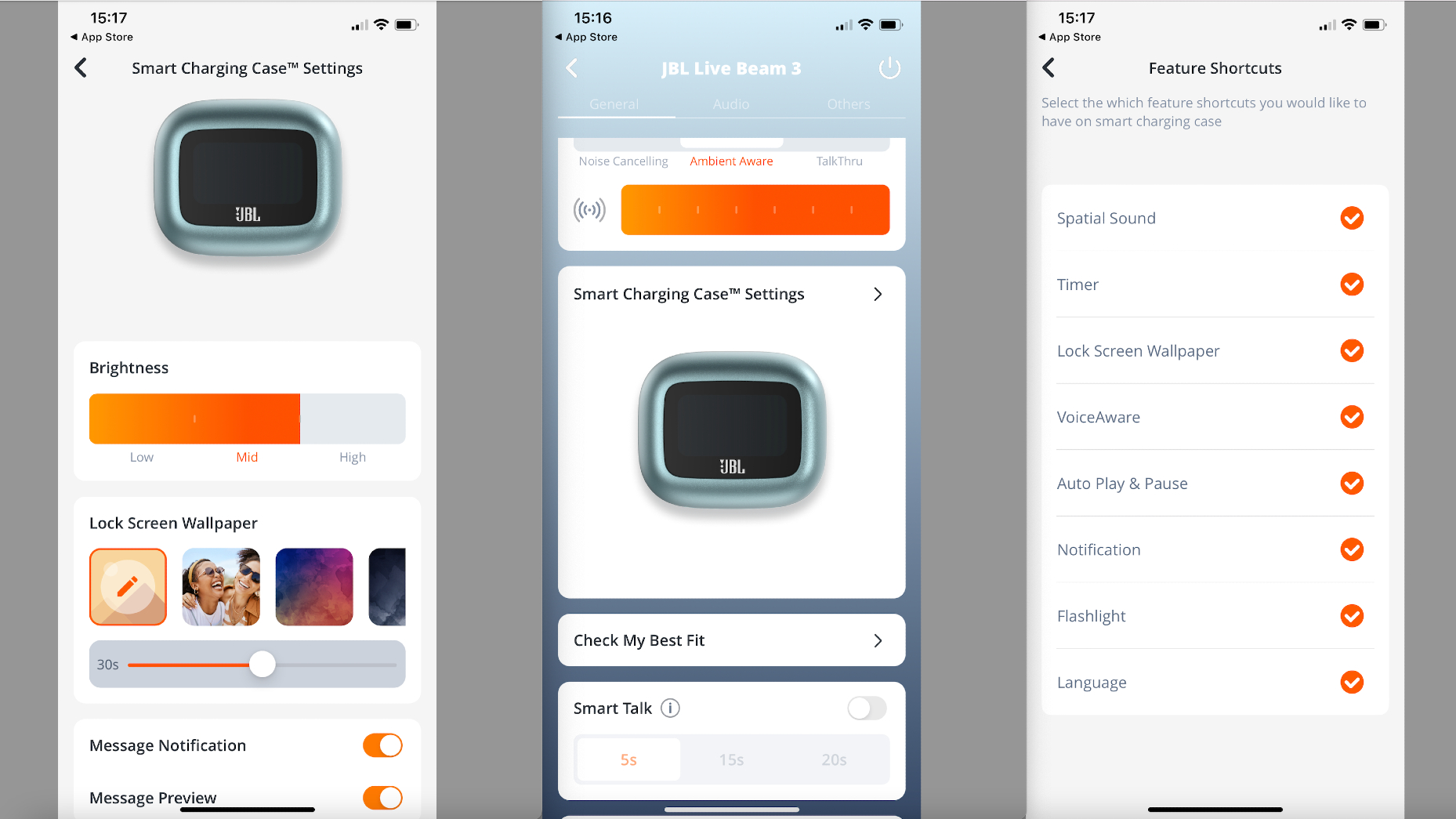
Well, those extra things still haven’t arrived, but JBL’s screen-adorned case is now quite a bit smaller, slicker and cheaper – the JBL Live Beam 3 are just $200 / £150 (around AU$296), which is $50 or a whopping £70 cheaper than the 2022 Tour Pro 2.
For me, everything is relative and that price drop alone makes this little case much more viable and fun. This is not a review reader (no, that is coming, I promise), it’s merely a brief experiential feature on how I enjoy this little case.
My favorite thing about it? No, it’s not my TechRadar screensaver, it’s the way it notifies you when you’ve got an incoming phone call and offers a friendly on-screen button to accept it, meaning you don’t have to a) dig out your phone or b) try to do it by pressing your earbuds – which I tend to fail at and hang up before I’ve said a word.
What you tellin’ me, JBL Live Beam 3?
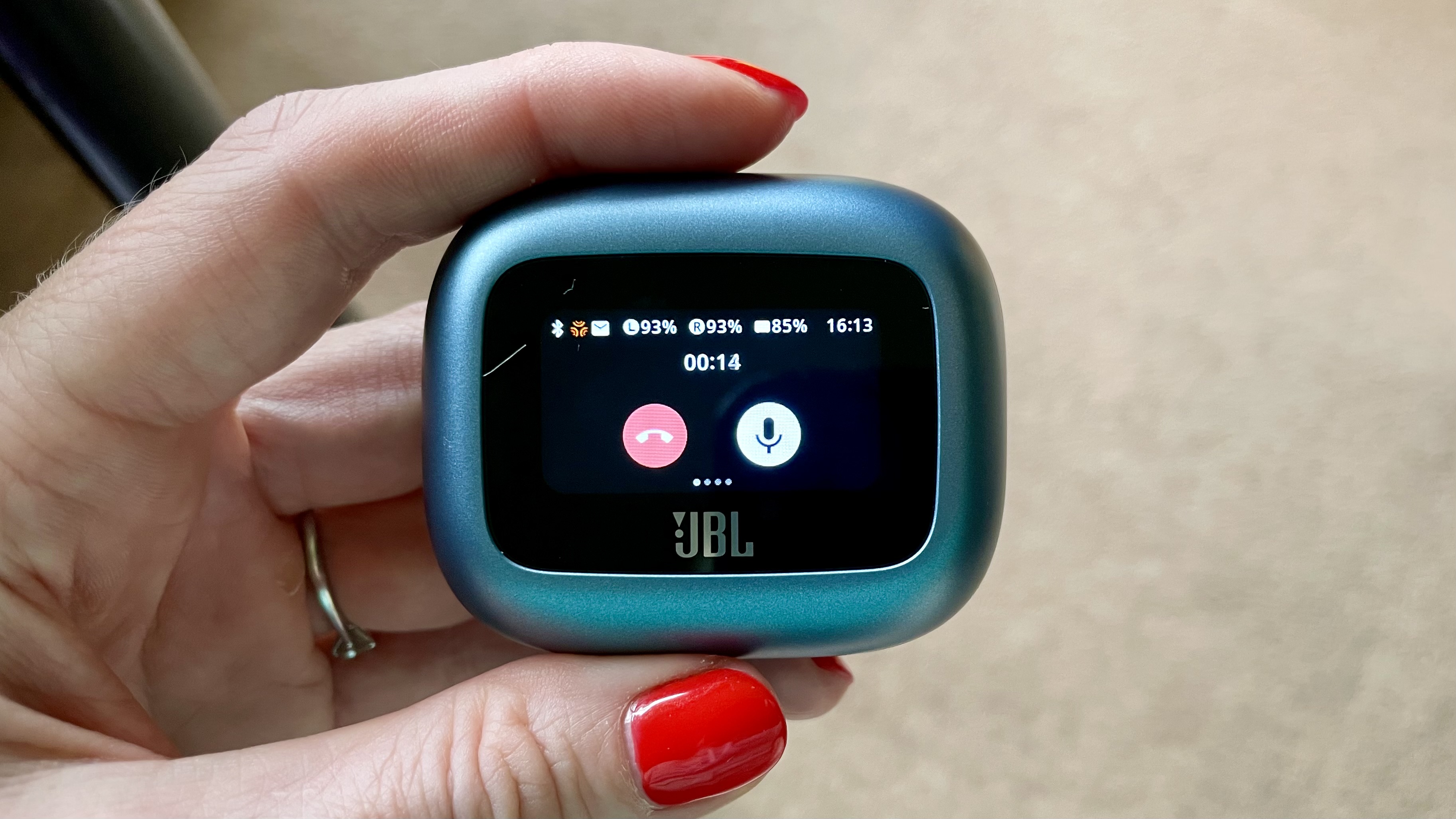
The screen lets you scroll through playback (play, pause and skip functions); volume; noise cancelling; ambient aware and talk-thru profiles (although to tweak the levels between ‘on’ and ‘off’ you’ll still need your phone and the JBL Headphones app); spatial sound (music, movies and gaming profiles); EQ presets; a cute timer; screen brightness tweaks; lock screen wallpaper changes; voiceaware (to amp up or turn down your own voice during calls); auto-play and pause; Find My Buds; a ‘Notification’ and ‘Message preview’ screen (I’m still working out what these do – a tantalising envelope icon remains, in the top left corner of this tiny screen, but I’m unsure if one can access anything beyond this); a flashlight feature (a bright screen to help you locate an errant bud, perhaps) and language tweaks.
These screens can also be subbed and edited in the companion app, so you only see what you use as you scroll through – and for me, this scrolling is a lot smoother and quicker than in the Tour Pro 2.
Again, this isn’t a fully star-rated review, but for the money, I still like it a lot.
As we said when reporting the JBL Live Beam 3, Live Flex 3 and Live Buds 3’s release in January 2024, the 10mm dynamic driver, up to 48 hours of battery life and Best Fit test add up to a compelling proposition, but a lovely additional feature in the app is something called Personal Sound Amplification. This (not to be confused with Ambient Aware) has a Gain slider to amplify situational sound around you and can be tweaked to favour one ear more, should you wish.
I haven’t tested it extensively yet (again, it’s not a review – yet) but initially, I like it as a perk. In fact, there’s an awful lot to like here, in a much smaller, more affordable JBL package. Watch this space for more…
You may also like
[ad_2]
Source Article Link



